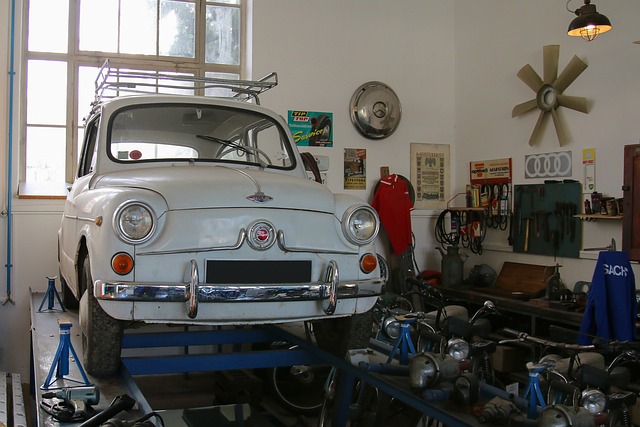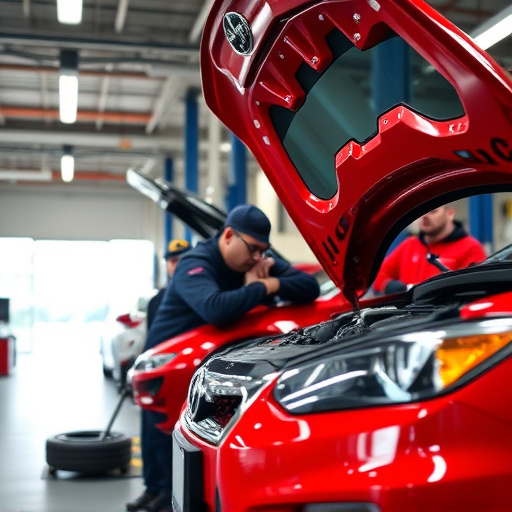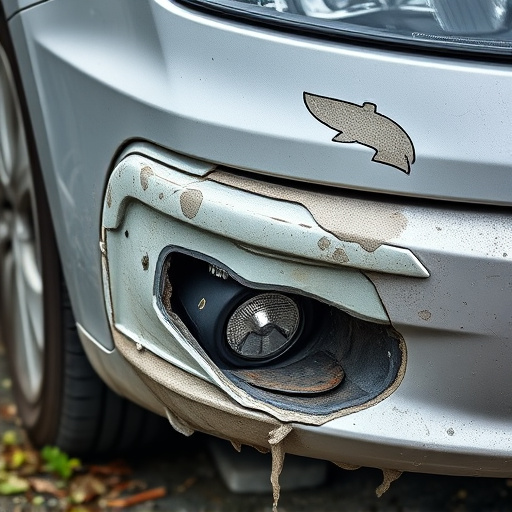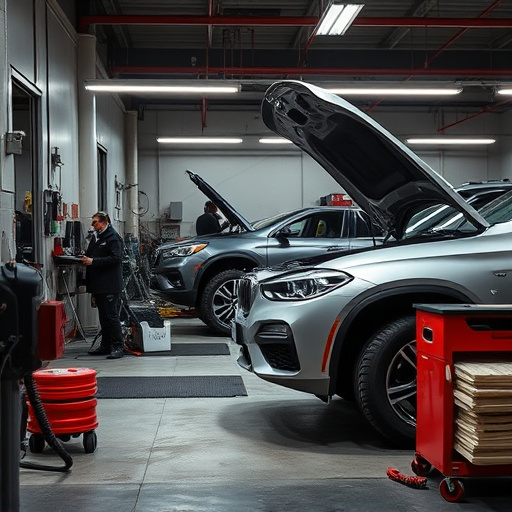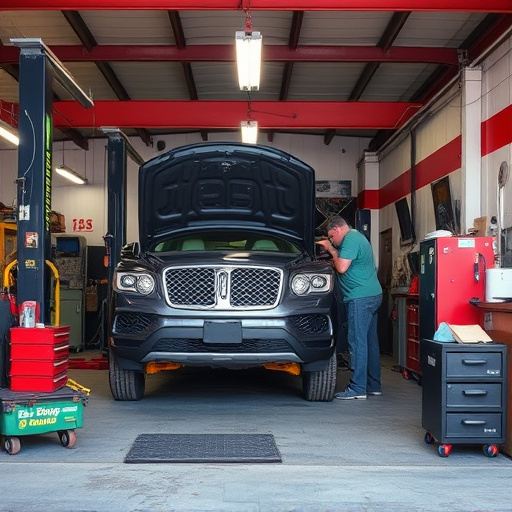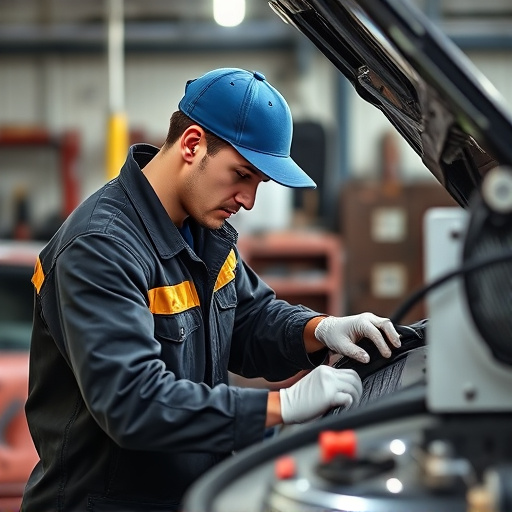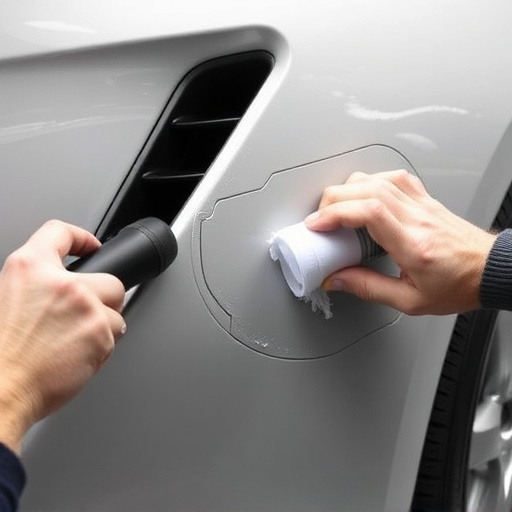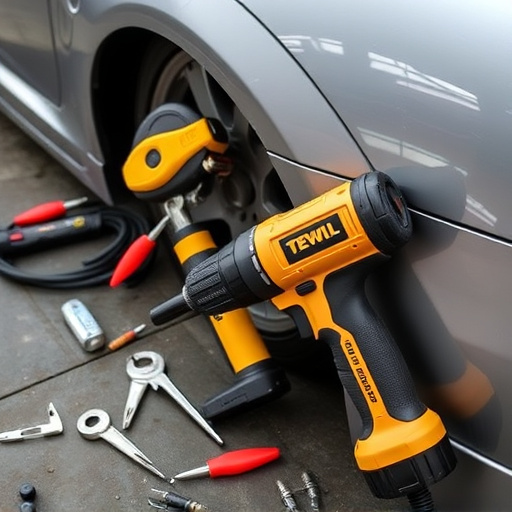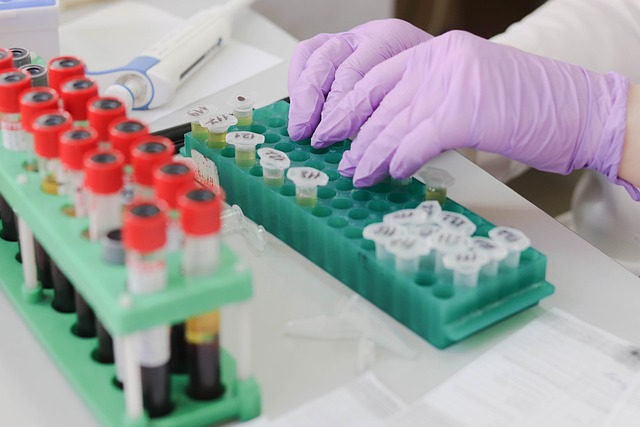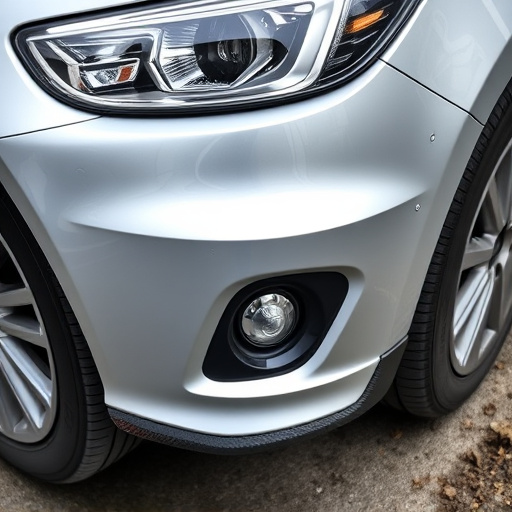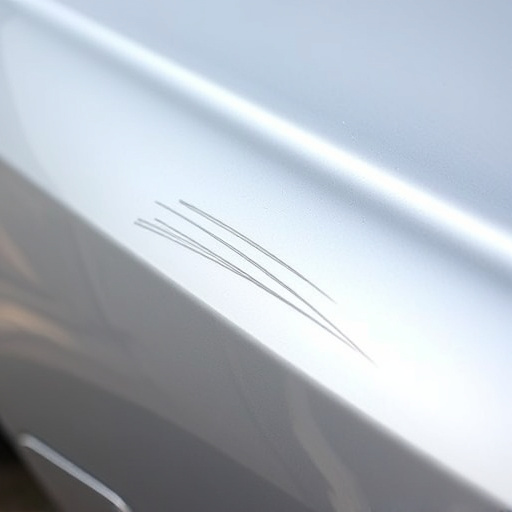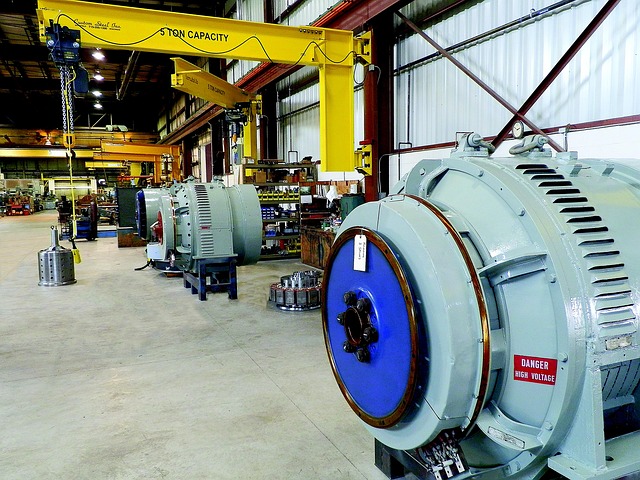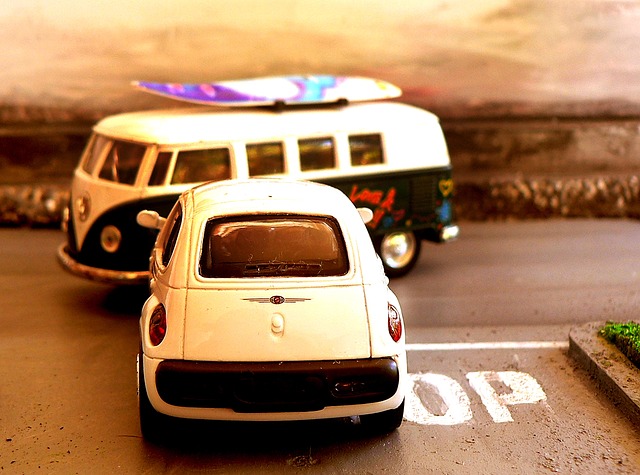MIG welding collision repair is a specialized process using Metal Inert Gas (MIG) technique for precise metal joining in automotive body work. Proper training, understanding of equipment, and selecting optimal wire/gas combinations ensure safe, high-quality results. Meticulous preparation, including cleaning, sanding, priming, and underbody protection, enhances weld strength and aesthetic integrity, restoring vehicles to pre-collision condition effectively.
“Unleash the power of MIG welding for precision collision repair with our expert tips. This comprehensive guide delves into the fundamentals, empowering you to master the art. From understanding basic techniques to choosing the ideal wire and gas mix, we explore crucial steps. Learn effective preparation methods and surface treatment techniques to ensure robust welds. Elevate your collision repair game with these essential insights tailored for MIG welding.”
- Understanding MIG Welding Basics for Collision Repair
- Selecting the Right Wire and Gas Combination
- Preparation and Surface Treatment Techniques
Understanding MIG Welding Basics for Collision Repair
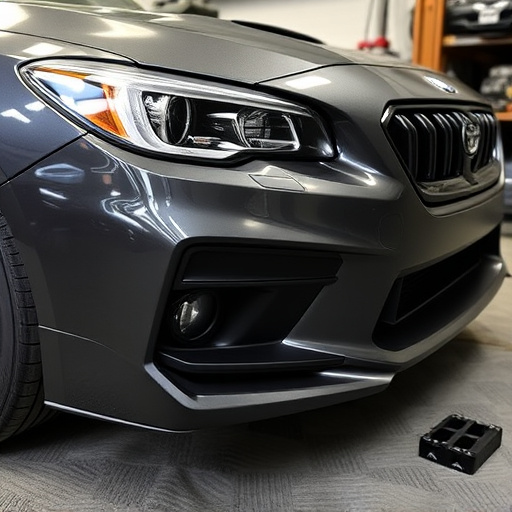
MIG welding collision repair is a specialized process that requires understanding the fundamentals of MIG welding and its unique application in automotive body work. This technique, which stands for Metal Inert Gas, involves using a wire feed to join metal components with high precision and speed. For collision repair professionals, MIG welding offers a versatile solution for everything from patching minor dents and scratches repair to more complex structural repairs.
Mastering MIG welding collision repair starts with grasping the basic setup: the welder, gas cylinder, wire feeder, and protective gear. Proper training ensures safe handling of these tools while enabling technicians to achieve strong, clean welds. By understanding the appropriate settings for different metal types and repair scenarios, automotive body work professionals can efficiently perform car repair services, restoring vehicles to their pre-collision condition with precision and quality.
Selecting the Right Wire and Gas Combination
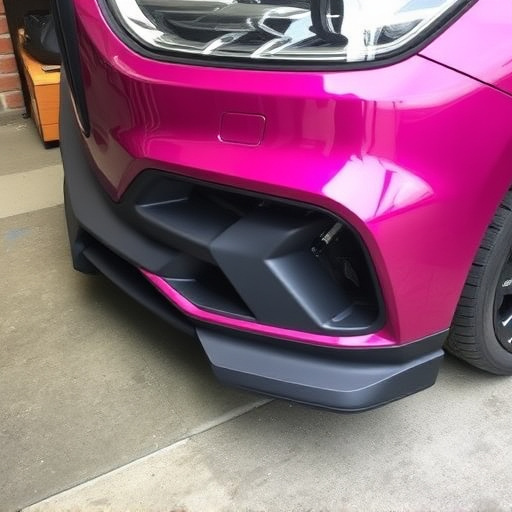
When it comes to MIG welding collision repair, choosing the correct wire and gas combination is paramount for achieving high-quality results. The right wire selection depends on the type of metal you’re working with—stainless steel, aluminum, or carbon steel—requiring specific wires designed for optimal fusion. For instance, stainless steel wire is ideal for its corrosion resistance, while aluminum wire offers excellent penetration capabilities.
Gas choice also plays a significant role; argon and CO2 are common options, each providing distinct advantages. Argon gas creates a cleaner weld with reduced porosity, making it perfect for fine detail work on various vehicle repair services and collision repair services. Conversely, CO2 gas is more cost-effective and suitable for heavier gauge materials, often used in tire services and robust structural repairs. The combination of the right wire and gas ensures strong, durable bonds, crucial for restoring vehicles to their pre-accident condition.
Preparation and Surface Treatment Techniques

Before starting any MIG welding collision repair, thorough preparation and surface treatment are paramount to ensure superior results in car bodywork or vehicle restoration projects. Begin by thoroughly cleaning the damaged area using appropriate solvents or degreasers to remove dirt, grease, and any debris. Sanding the surface gently with progressively finer grits ensures a smooth base for welding, addressing any imperfections or rough edges from collision damage repair.
For optimal adhesion, priming is crucial. Apply an automotive-grade primer designed for metal surfaces, allowing it to dry completely. This step, combined with proper surface treatment techniques, prevents issues like porosity and weld spatter. Additionally, consider using underbody protection during the repair process to safeguard against future corrosion, maintaining the aesthetic integrity of the vehicle restoration project.
MIG welding collision repair is a precise, efficient process that requires understanding key techniques. By mastering the basics, selecting the right wire and gas combination, and utilizing proper preparation methods, you can achieve strong, lasting welds in collision repair projects. These 10 tips provide a solid foundation for successful MIG welding outcomes.
